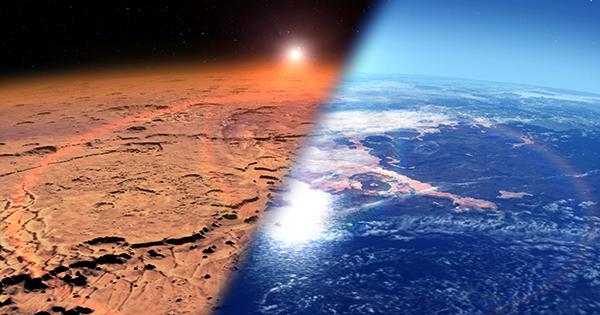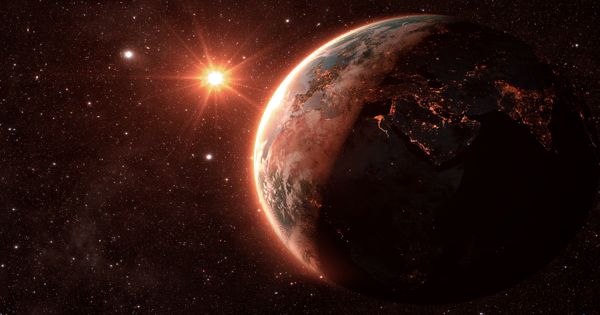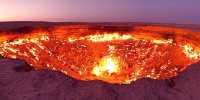Billions of years ago, Mars had huge oceans, rivers and lakes. It believed that over time this water was lost near the place.
Solar wind and UV light have slowly but surely destroyed the unreal Martian environment, but a new study has found that the amount of water lost in that way may not be responsible for a dry planet like Mars today. The researchers simulated different ranges for where the water could go. Clearly, there has long been the idea that it mostly evaporates and escapes into space. The descent of a volcano can push water into the air. Another possibility is chemical weather. Water trapped in altered rocks and minerals now buried inside the crust of the Red Planet.
New studies published in Science have found that this crystal hydration situation could be a major player in sea disappearances. At least 30 percent of the water trapped in rocks beneath the surface of Mars.

However, the model shows that the uncertainty of the model could mean that up to 99 percent of the ancient ocean could be on the Red Planet. The simulated scene based on observational obstacles from spacecraft, rovers and meteorites from Mars found on Earth. Not only did researchers understand the role that crystal hydration played in the evolution of Mars, but the team has a better idea of when the changes on this planet took place.
Mars formed about 4.5 billion years ago and its oceans came a few billion years later. According to their model, Mars started with enough water to cover the entire planet at a depth of about 100 meters (330 feet). The Martian water cycle had already declined dramatically 3.7 billion years ago.
The team estimates that between 40 and 95 percent of the water has disappeared. Mars has become almost as dry as it is now about 3 billion years ago. The team brought the crust of Mars sucking water.
The phenomenon of crystal hydration also occurs on Earth, but because of plate tectonics, the elements of the crust melt and the water elements released back into the atmosphere. Based on the observations collected so far, such a cycle was not present on Mars.
Older minerals contain more water than our contemporaries do. Studying rocks from different times can be the key to confirming this new model. A certain chemical signature will be different in rocks from the “vector” period from from the dry period to the stone. Current and upcoming missions may soon be able to provide data to test this concept.














